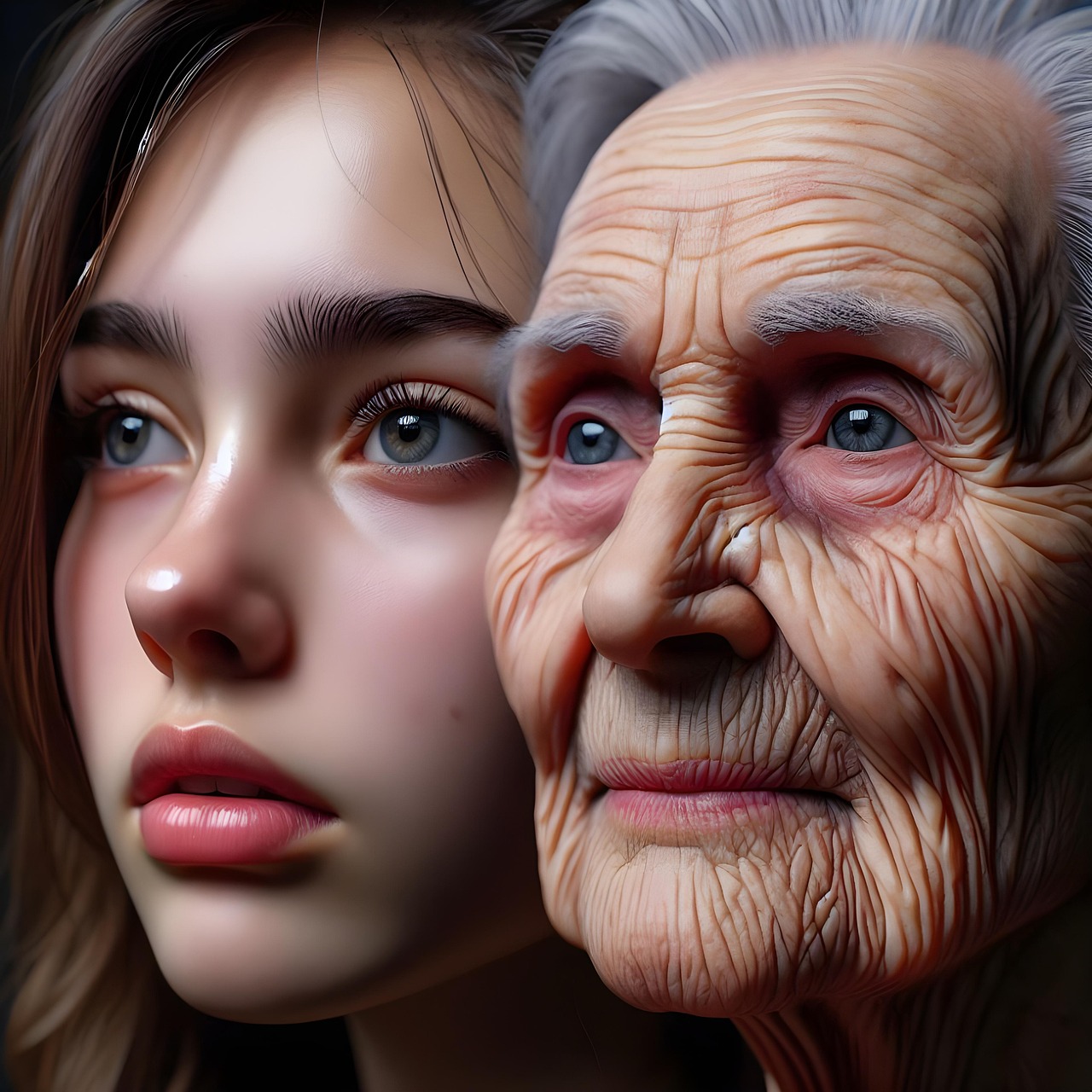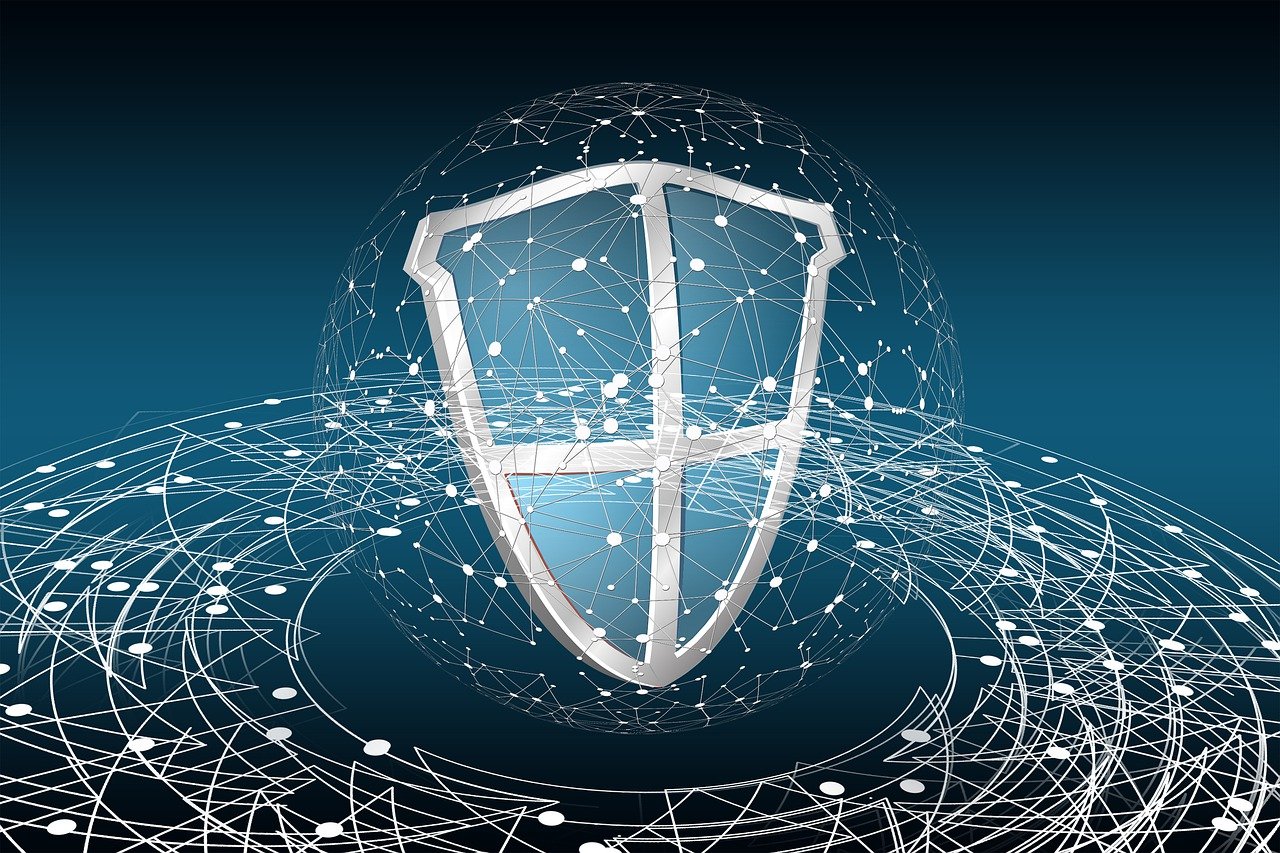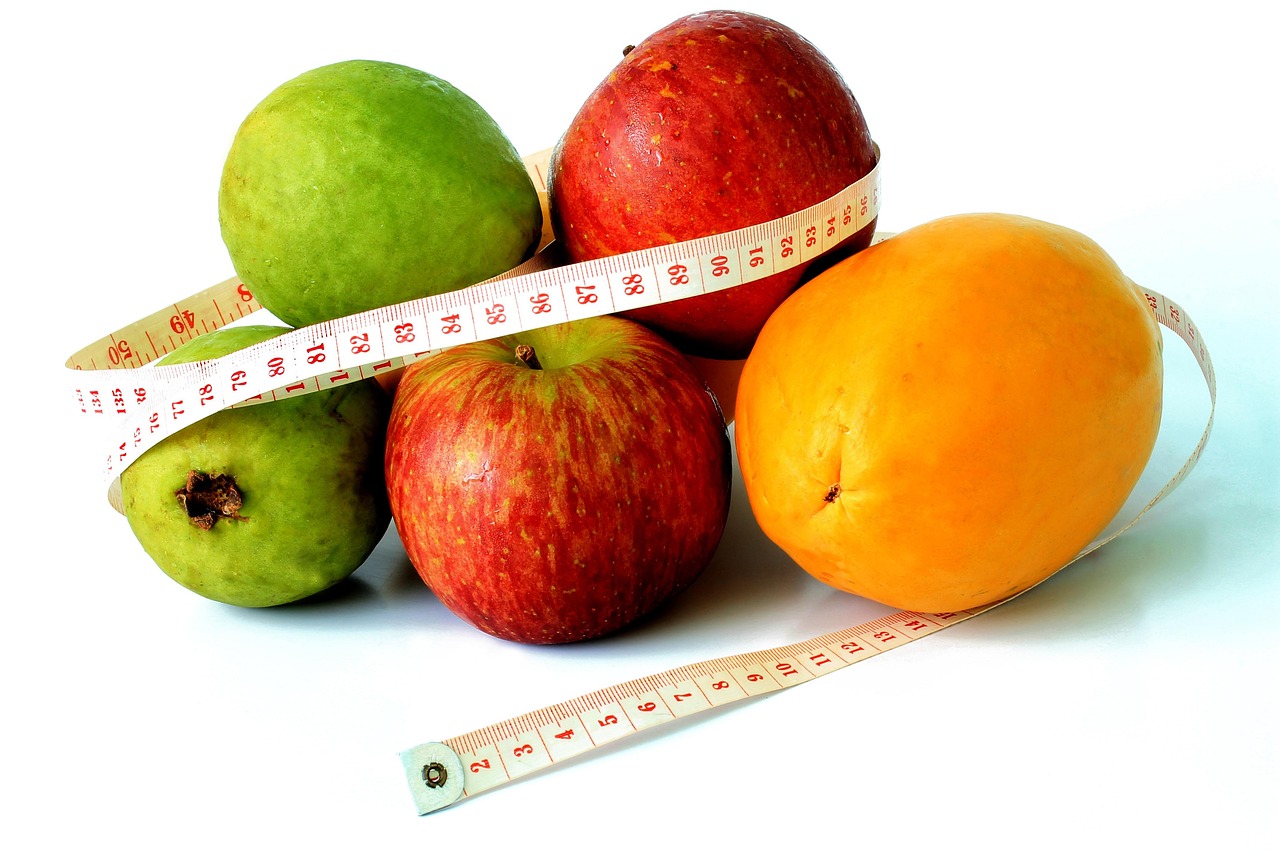ASCII to Binary
ASCII to Binary is the process of converting an ASCII character (a text character) into its corresponding binary representation. In ASCII (American Standard Code for Information Interchange), each character is assigned a unique 7-bit or 8-bit binary code, which allows computers and electronic devices to represent text data in a format that they can process.
ASCII to Binary is the process of converting an ASCII character (a text character) into its corresponding binary representation. In ASCII (American Standard Code for Information Interchange), each character is assigned a unique 7-bit or 8-bit binary code, which allows computers and electronic devices to represent text data in a format that they can process.
How It Works:
- Identify the ASCII value: Each character has a specific ASCII code (a decimal number).
- Convert the ASCII value to binary: Convert the ASCII code from decimal to binary (usually using 7 or 8 bits).
- Represent the character in binary: The binary value represents the character in a form that computers can understand.
Example of ASCII to Binary Conversion:
Let's convert the ASCII character A to binary.
- Find the ASCII code of
A: The ASCII code for the characterAis 65 in decimal. - Convert the ASCII code (65) to binary:
- Decimal 65 is equal to 1000001 in binary (7 bits).
- Result: The binary representation of
Ais1000001.
Example 2:
Let's convert the ASCII character B to binary.
- Find the ASCII code of
B: The ASCII code forBis 66 in decimal. - Convert the ASCII code (66) to binary:
- Decimal 66 is equal to 1000010 in binary (7 bits).
- Result: The binary representation of
Bis1000010.
Example 3:
Let's convert the ASCII character a to binary.
- Find the ASCII code of
a: The ASCII code forais 97 in decimal. - Convert the ASCII code (97) to binary:
- Decimal 97 is equal to 1100001 in binary (7 bits).
- Result: The binary representation of
ais1100001.
ASCII to Binary Conversion Steps:
- Step 1: Determine the ASCII code (decimal) for the character you want to convert.
- Step 2: Convert the decimal ASCII code into binary form.
- Step 3: The binary value corresponds to the character in ASCII.
Common ASCII Characters and Their Binary Representation:
A→ 1000001 (binary)B→ 1000010 (binary)a→ 1100001 (binary)b→ 1100010 (binary)0→ 110000 (binary)1→ 110001 (binary)!→ 100001 (binary)
Special Characters in ASCII and Their Binary:
- Space → 00100000 (binary)
- Newline → 00001010 (binary)
- Tab → 00001001 (binary)
.→ 00101110 (binary)@→ 01000000 (binary)
Why Use ASCII to Binary Conversion?
- Computer Processing: Computers process data in binary form. Converting text to binary allows the computer to handle and store text data.
- Data Storage and Transmission: Text files and data communication often involve encoding characters in binary to represent the information in an electronic or digital system.
- Programming: In low-level programming and digital electronics, converting characters to binary is often needed for bit manipulation and data encoding.
ASCII to Binary Conversion Table for Reference:
Here are some examples of characters and their binary equivalents:
A=1000001(binary)B=1000010(binary)a=1100001(binary)b=1100010(binary)1=110001(binary)!=100001(binary)
ASCII to Binary conversion is widely used in programming, data processing, and digital communication systems. Many online tools and programming languages provide easy methods to convert text (ASCII) to its binary representation.













